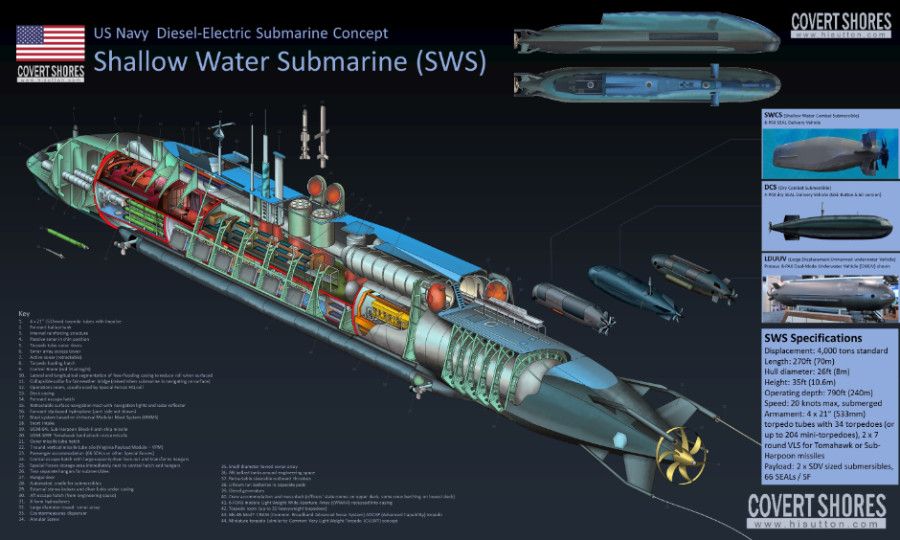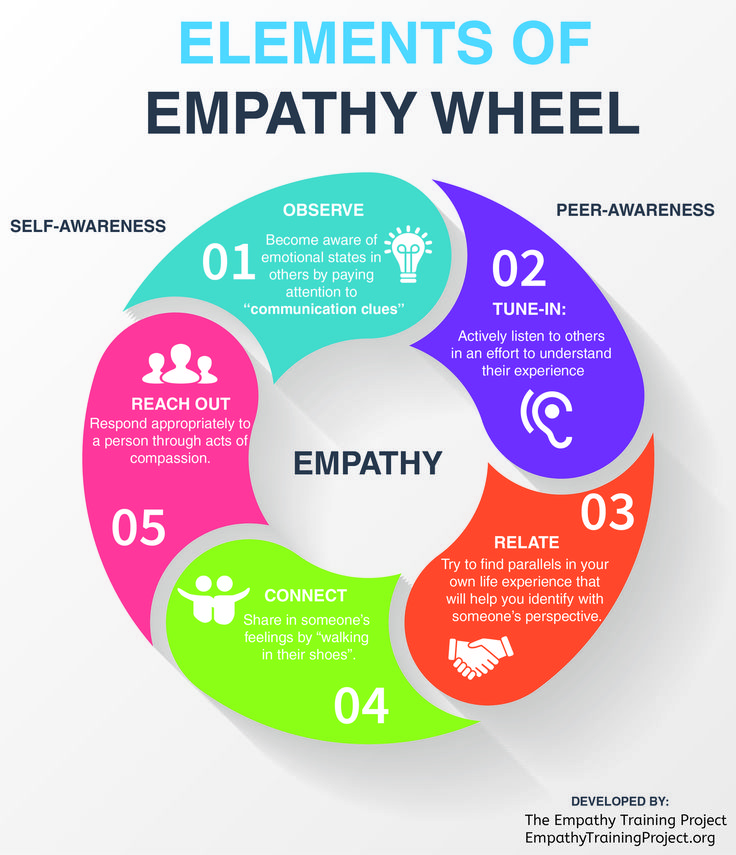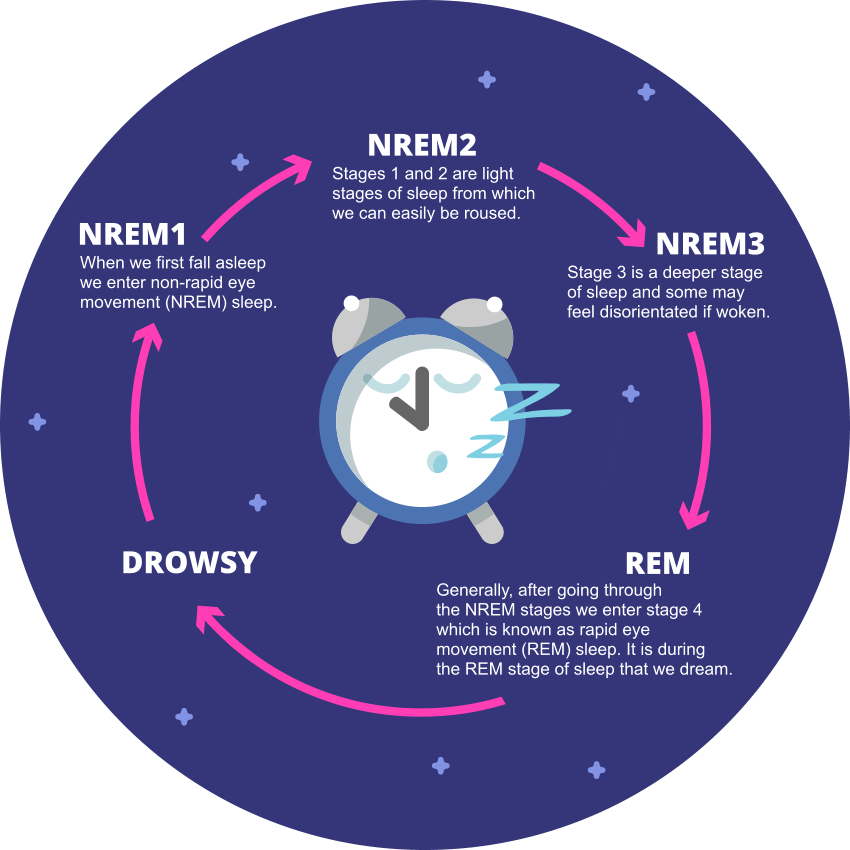Fear of submarines
What Is Submechanophobia?
Submechanophobia is the fear of man-made objects that are submerged under water. People experiencing this condition are typically afraid of things like buoys, submarines, sunken ships, and many other objects that sink into the ocean.
Submechanophobia falls under the category of what are known as specific phobias, fears that are irrational, overwhelming and accompanied by symptoms of severe anxiety that can affect daily functioning when untreated.
While this phobia has not been confirmed through research, it has been reported by many people in discussion groups across the web. According to the National Institute of Mental Health, 12.5% of U.S. adults experience a specific a phobia of some sort, such as gamophobia, agoraphobia, astrophobia, automatonophobia and others.
Research has found that women are more prone to phobias than men, and that almost 50% of all phobias in the U.S. are considered mild cases. So, if the thought of sunken ships or buoys make you cringe, chances are that you may experience some mild symptoms of submechanophobia, but it may not meet full criteria for a specific phobia diagnosis.
Symptoms of Submechanophobia
Symptoms of submechanophobia are similar to other specific phobias. Therefore, when in the presence of a submerged object, those suffering from this condition may experience the following:
- Panic attacks (shortness of breath, sweating, trembling etc…)
- Difficulty functioning
- Intense fear
- Nausea
- Dizziness
The intensity of these symptoms varies based on the severity of the phobia and proximity to the object. If you experience these symptoms when presented with man-made items being submerged in water, you may indeed meet criteria for a specific phobia.
Diagnosing Submechanophobia
Being scared of something does not necessarily mean that you have a phobia. According to the Diagnostic and Statistical Manual of Mental Disorders (DSM-V), these are the criteria of a phobia:
- Unreasonable and excessive fear – The person’s fear levels must be unreasonable for the situation and it is persistent even though they may recognize that it is excessive (though this is no longer part of the criteria for diagnosis).

- Immediate anxiety response – When presented with the fearful situation, the person will have an immediate and extreme response appearing to look as if they are in danger when the situation is not dangerous.
- Avoidance/extreme distress – The person will go to great lengths to avoid their fears, and if they cannot they exhibit symptoms of extreme distress like panic symptoms.
- Life-limiting – This fear significantly impacts their ability to function in their social, occupational or educational pursuits.
- 6+ Month duration – Symptoms of fear must last for longer than 6 months.
- Not attributable to another disorder – Symptoms must not also be related to another mental health condition.
Treating Submechanophobia
Seeking out help from a mental health professional who specializes in phobias is the best way to treat these symptoms if they are severely affecting your life.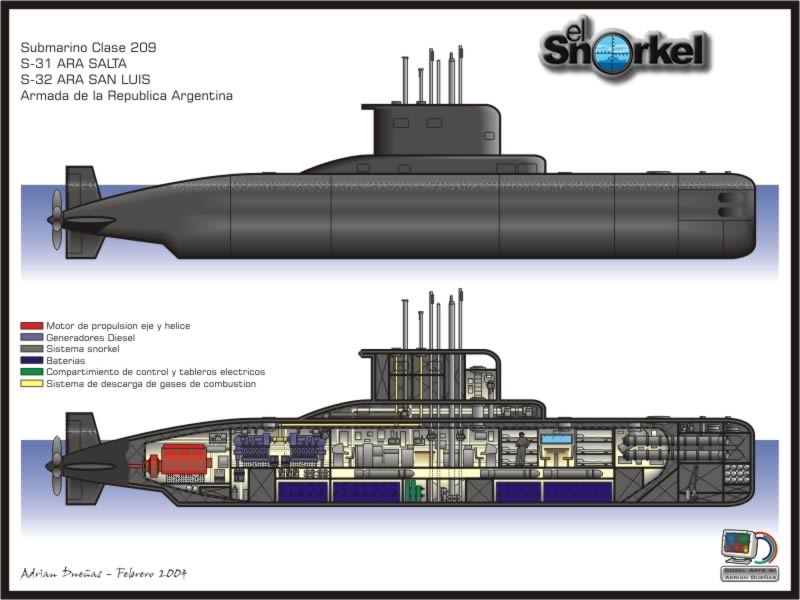 In the case of submechanophobia, it is likely that avoidance of the fear triggers is relatively easy, so it may not be something that impacts your normal day to day functioning very much, unless you work on the water.
In the case of submechanophobia, it is likely that avoidance of the fear triggers is relatively easy, so it may not be something that impacts your normal day to day functioning very much, unless you work on the water.
Either way, if you’re interested in addressing your fears, a trained therapist can help you begin to understand the way your fearful thoughts are contributing to your symptoms, and how your feelings are related to your behavior to help you improve your functioning.
Cognitive behavioral therapy (CBT) is often used for treating specific phobias. It can help you develop insight into how you can change the way you think about a situation, and how you can use coping skills to regulate your body when presented with fearful situations or things. CBT is a widely practiced by many mental health providers, as well as those treating patients via platforms for online therapy.
Therapists will also use exposure therapy to help gradually expose you to your fears and minimize their impact on you over time. If submechanophobia symptoms are causing you significant distress, it’s best to find a mental health professional who can help you address these fears.
If submechanophobia symptoms are causing you significant distress, it’s best to find a mental health professional who can help you address these fears.
Sources
- Specific Phobia. (n.d.). National Institute of Mental Health (NIMH). https://www.nimh.nih.gov/health/statistics/specific-phobia
- Hamm A. O. (2009). Specific phobias. The Psychiatric clinics of North America, 32(3), 577–591. https://doi.org/10.1016/j.psc.2009.05.008
- LeBeau, R. T., Glenn, D., Liao, B., Wittchen, H. U., Beesdo-Baum, K., Ollendick, T., & Craske, M. G. (2010). Specific phobia: a review of DSM-IV specific phobia and preliminary recommendations for DSM-V. Depression and Anxiety, 27(2), 148–167. https://doi.org/10.1002/da.20655
- Adolphs R. (2013). The biology of fear. Current biology : CB, 23(2), R79–R93. https://doi.org/10.1016/j.cub.2012.11.055
- Choy, Y., Fyer, A. J., & Lipsitz, J.
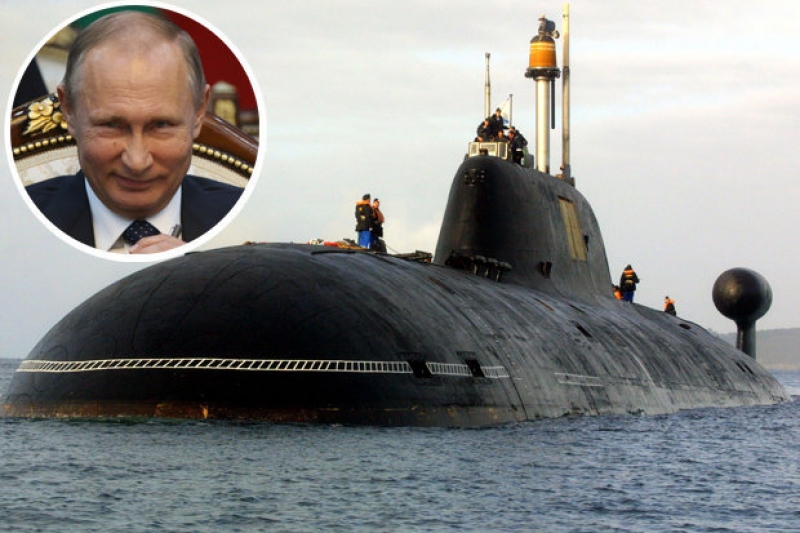 D. (2007). Treatment of specific phobia in adults. Clinical psychology review, 27(3), 266–286. https://doi.org/10.1016/j.cpr.2006.10.002
D. (2007). Treatment of specific phobia in adults. Clinical psychology review, 27(3), 266–286. https://doi.org/10.1016/j.cpr.2006.10.002 - Center for the Treatment and Study of Anxiety. (n.d.). Specific Phobias (Symptoms). Perelman School of Medicine at the University of Pennsylvania. https://www.med.upenn.edu/ctsa/phobias_symptoms.html
- Eaton, W. W., Bienvenu, O. J., & Miloyan, B. (2018). Specific phobias. The lancet. Psychiatry, 5(8), 678–686. https://doi.org/10.1016/S2215-0366(18)30169-X
Shannon V. McHugh, PsyD
Dr. Shannon McHugh is a Licensed Clinical and Forensic Psychologist in Los Angeles, California. She specializes in assessment and treatment of children, adolescents, and adults who have developmental and social delays, behavioral difficulties, and those who have experienced traumatic events
The extremely specific fear you’ve never heard of – The Eagle Times
- Opinion
Collage by Madeline Phelps
Phobias can paralyze people with fear and anxiety. If these images make you nervous, you might have submechanophobia.
If these images make you nervous, you might have submechanophobia.
Madeline Phelps, Arts Department Editor
November 17, 2020
Submechanophobia – the fear of man-made objects partially or wholly submerged underwater. If you’ve ever felt unsettled looking at eerie footage of a shipwreck, you may be able to relate to the feeling. If you’ve ever been overcome with unexplainable terror looking at a harmless, semi-realistic underwater statue, you most likely have the phobia. While knowledge and awareness of this particular fear are limited, I can attest to the fact that it is extremely real. Very little frightens me as much as an uncanny looking animatronic resting in the darkness of a body of water…waiting. By sharing some of my first-hand experiences with submechanophobia, I hope to shed some light on this phenomenon and hopefully portray some of my own personal fears as justifiable, even if they are just as bizarre as they sound.
If I had to blame any sort of media for kickstarting my submechanophobia, it would be Finding Nemo.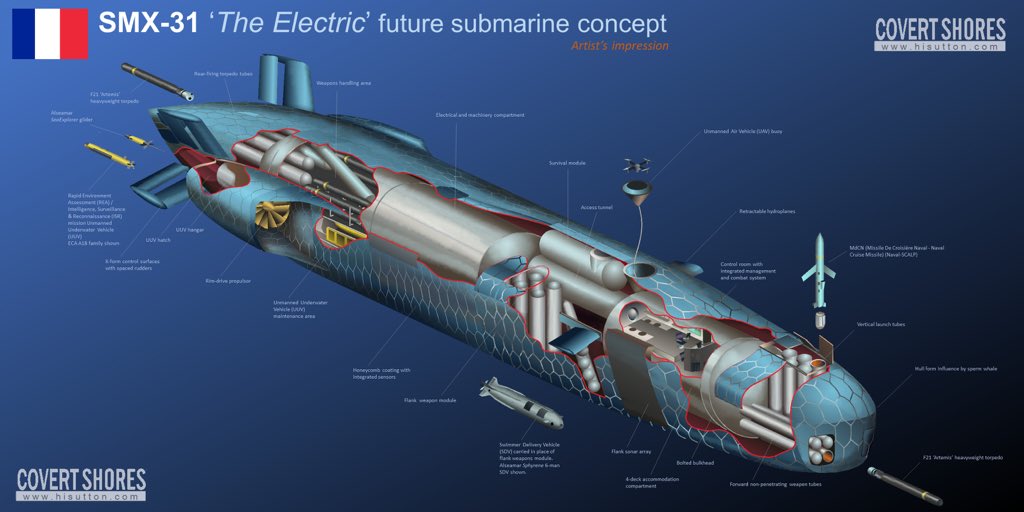 Watching that film for the first time would be one of my earliest experiences learning about the ocean, the creatures that inhabit it, and, of course, the disturbing debris that rests at its bottom. Watching the film really wouldn’t have been negatively impactful if my first time being exposed to man-made underwater objects did not include a) a submarine inhabited by killer sharks and b) an entire field of exploding underwater mines. Definitely not the best impression. For years, I wondered why I would repeatedly wake up from nightmares about that film, but it wasn’t until I discovered the existence of submechanophobia that my general fear of that film as well as so many other odd experiences I had, started to make sense.
Watching that film for the first time would be one of my earliest experiences learning about the ocean, the creatures that inhabit it, and, of course, the disturbing debris that rests at its bottom. Watching the film really wouldn’t have been negatively impactful if my first time being exposed to man-made underwater objects did not include a) a submarine inhabited by killer sharks and b) an entire field of exploding underwater mines. Definitely not the best impression. For years, I wondered why I would repeatedly wake up from nightmares about that film, but it wasn’t until I discovered the existence of submechanophobia that my general fear of that film as well as so many other odd experiences I had, started to make sense.
One childhood experience of mine that, in retrospect, was very indicative of my phobia, took place when I went to visit a lake. I went with a close friend of mine and his mother. The highlight of the trip by far was when we went out on the lake in one of those little paddle boats.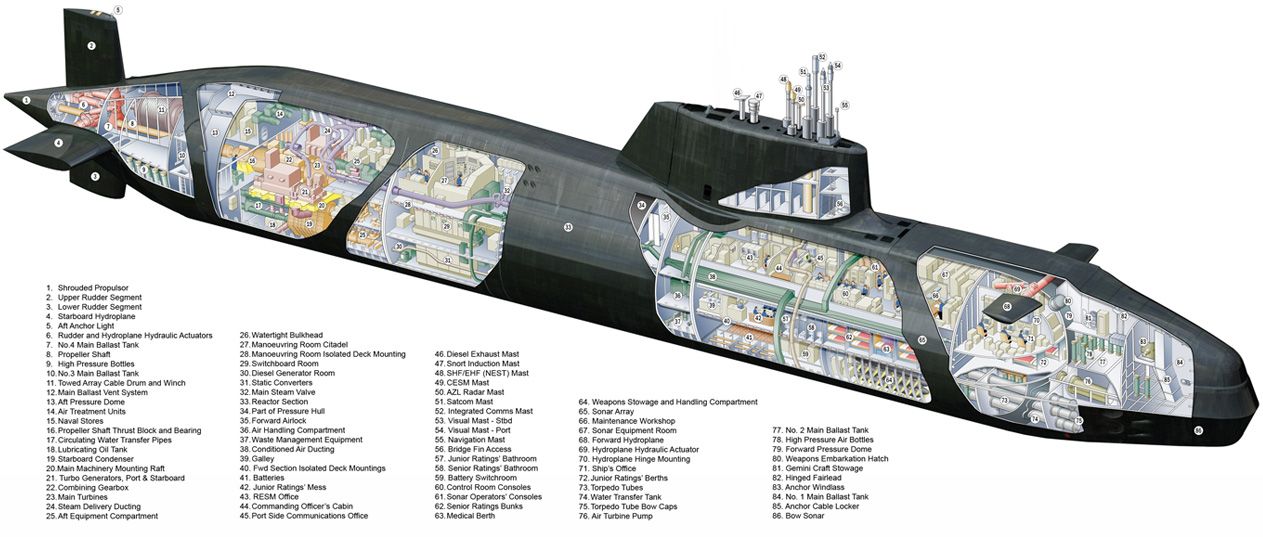 For whatever reason, my friend’s mom ended up looking for something in her purse during our brief voyage and was desperate to find it. She was so desperate and determined to find whatever it was that she was looking for, in fact, that the purse slipped out of her hands and into the water. As the green of the lake began flooding the once safe interior of the purse, it began pulling things out with it. A makeup brush. Some lipstick. A pen or two. They started sinking. I could see them falling slowly thanks to the rays of sunlight that forced their way through the water. It was only a matter of seconds before I couldn’t see any of what had been expelled from the purse anymore. The loose objects were headed for the very bottom of the lake, and that terrified me. The thought of them just sitting there under the water where no one could see them or miss them struck me and I was frozen with fear. The purse was saved as were most of the things it held, but not everything was spared. The incident stuck with me until the next time I visited the lake when something similar happened.
For whatever reason, my friend’s mom ended up looking for something in her purse during our brief voyage and was desperate to find it. She was so desperate and determined to find whatever it was that she was looking for, in fact, that the purse slipped out of her hands and into the water. As the green of the lake began flooding the once safe interior of the purse, it began pulling things out with it. A makeup brush. Some lipstick. A pen or two. They started sinking. I could see them falling slowly thanks to the rays of sunlight that forced their way through the water. It was only a matter of seconds before I couldn’t see any of what had been expelled from the purse anymore. The loose objects were headed for the very bottom of the lake, and that terrified me. The thought of them just sitting there under the water where no one could see them or miss them struck me and I was frozen with fear. The purse was saved as were most of the things it held, but not everything was spared. The incident stuck with me until the next time I visited the lake when something similar happened.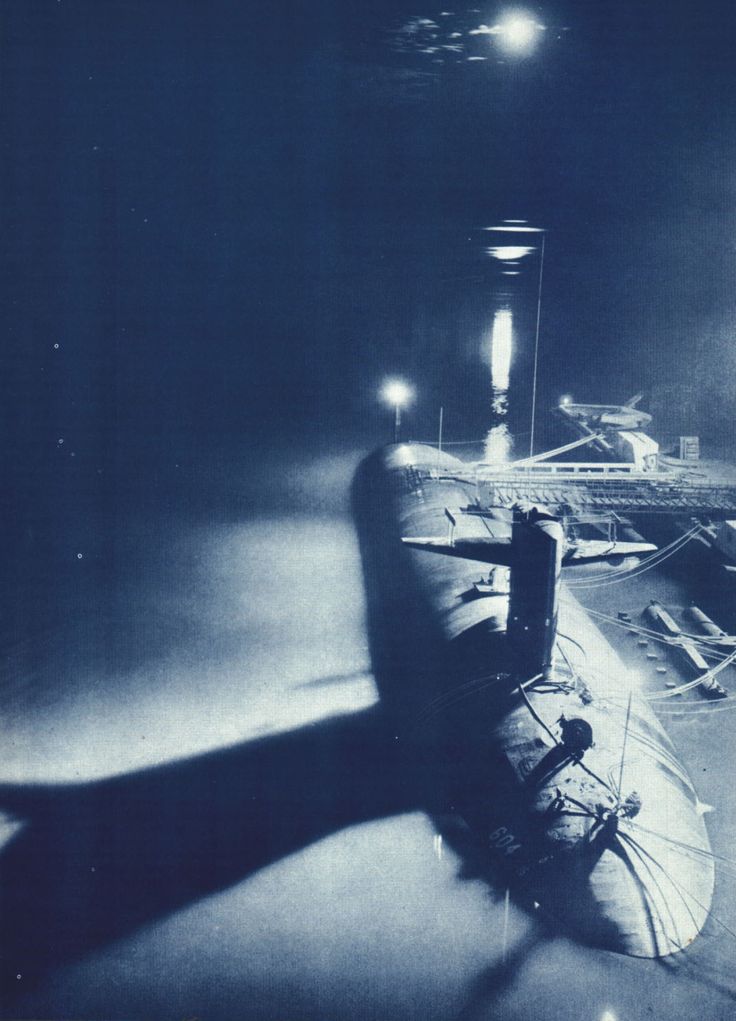 This time, I watched a large umbrella become swept away by the wind right into the water. The owners of the umbrella ran after it frantically, kicking up sand in their wake. Friendly bystanders rushed to help them, some of them even diving into the water, ready to try and catch the flailing mess of blue and white cloth and wires. The sickly green sun rays exposed its position as it began to slip below the surface. It was too far to be saved and began to sink even faster. The same feeling from before overcame me. In just a short while, that umbrella would be at the bottom of the lake, resting in the sand, forgotten and covered in darkness. I didn’t like that. There was just something so unnatural about the thought of these man-made objects resting at the bottom of some large body of water, growing a thick coat of algae, and rotting. The thought of it bothered me so much that I decided to entirely stop thinking about it. It was irrational, anyway…wasn’t it? It would be years before I’d discover that I wasn’t the only one disturbed by such things.
This time, I watched a large umbrella become swept away by the wind right into the water. The owners of the umbrella ran after it frantically, kicking up sand in their wake. Friendly bystanders rushed to help them, some of them even diving into the water, ready to try and catch the flailing mess of blue and white cloth and wires. The sickly green sun rays exposed its position as it began to slip below the surface. It was too far to be saved and began to sink even faster. The same feeling from before overcame me. In just a short while, that umbrella would be at the bottom of the lake, resting in the sand, forgotten and covered in darkness. I didn’t like that. There was just something so unnatural about the thought of these man-made objects resting at the bottom of some large body of water, growing a thick coat of algae, and rotting. The thought of it bothered me so much that I decided to entirely stop thinking about it. It was irrational, anyway…wasn’t it? It would be years before I’d discover that I wasn’t the only one disturbed by such things.
As I’ve more recently discovered, there are plenty of people terrified by out of place objects resting in or under the water. In fact, there’s an entire subreddit dedicated to submechanophobia itself. However, when I initially discovered that the fear produced by some of my past experiences had a name, I wasn’t entirely convinced that I actually had it. Sure, I could relate to the phenomenon to an extent, but I had yet to discover any sort of image or concept that would terrify me enough to confirm that I was, in fact, a submechanophobe. After doing a little bit of research, I found exactly what I was hoping I would never find – the Disney World attraction known as 20,000 Leagues Under the Sea. Of course, I never actually had the opportunity to experience the attraction in person considering that it closed a good eight years before I was born. However, I was able to look at it in retrospect thanks to many original photographs and pieces of home video footage. That was when I saw it.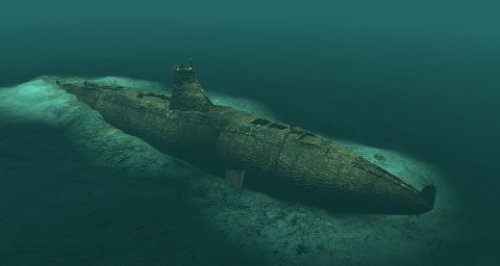 The image that changed everything. What it portrayed was so horrific to me that, upon looking at it for the very first time, I knew I had to have the phobia. Why else would I find something so seemingly unassuming to be so terrifying? It was too much. The lack of proper lighting, the grim setting, the oversized sea serpent, and the lifeless, pale mermaid animatronics floating above it…truly the stuff of nightmares. And that was only the beginning. As if that image wasn’t horrific enough, I found myself tumbling down a rabbit hole of information that I would have felt much better never knowing about. For instance, the sea serpent animatronic itself was left abandoned underwater for twenty years after the attraction closed. Additionally, I learned that divers who work at the Disney Parks are forced to get up close and personal with these uncanny machines and have to repair them underwater in almost complete darkness. No amount of money in the world would convince me to do something like that.
The image that changed everything. What it portrayed was so horrific to me that, upon looking at it for the very first time, I knew I had to have the phobia. Why else would I find something so seemingly unassuming to be so terrifying? It was too much. The lack of proper lighting, the grim setting, the oversized sea serpent, and the lifeless, pale mermaid animatronics floating above it…truly the stuff of nightmares. And that was only the beginning. As if that image wasn’t horrific enough, I found myself tumbling down a rabbit hole of information that I would have felt much better never knowing about. For instance, the sea serpent animatronic itself was left abandoned underwater for twenty years after the attraction closed. Additionally, I learned that divers who work at the Disney Parks are forced to get up close and personal with these uncanny machines and have to repair them underwater in almost complete darkness. No amount of money in the world would convince me to do something like that.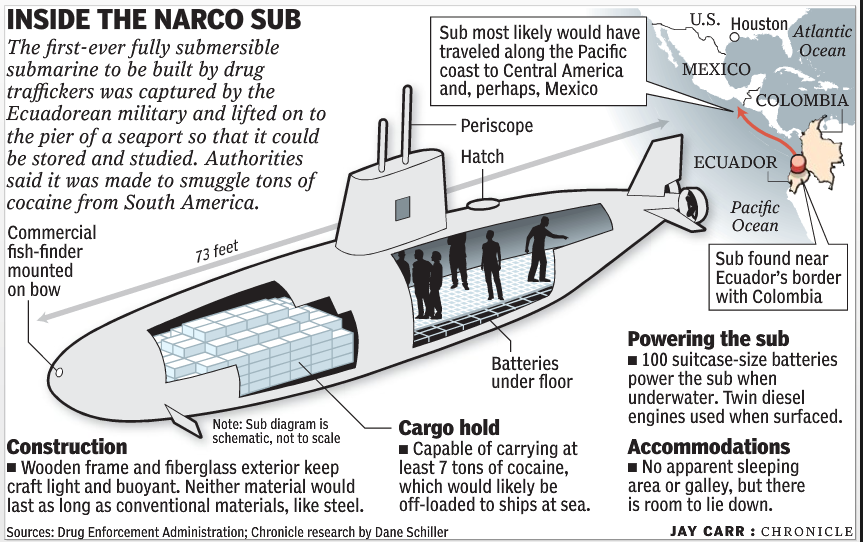
However, in learning all of this information and finding myself absolutely terrified at the diverse range of discoveries I had made by looking into the stories behind shipwrecks, underwater plane wrecks, and abandoned film props and animatronics lying at the bottoms of oceans and lakes, I found myself asking, “why?” I had no doubt that my fear was tangible, but I couldn’t explain exactly why I felt so afraid of these things that cause so little harm. Luckily, the more I thought about it, the closer I came to a somewhat reasonable explanation.
Submechanophobia isn’t just a fear of man-made objects underwater. There’s so much more to it than that. The act of seeing a man-made object at the bottom of a body of water, at its most basic level, is unsettling because it doesn’t belong. Seeing something out of place in such an environment naturally creates an undeniable sense of uncertainty. Additionally, the underwater processes of change and decay are not something we are used to.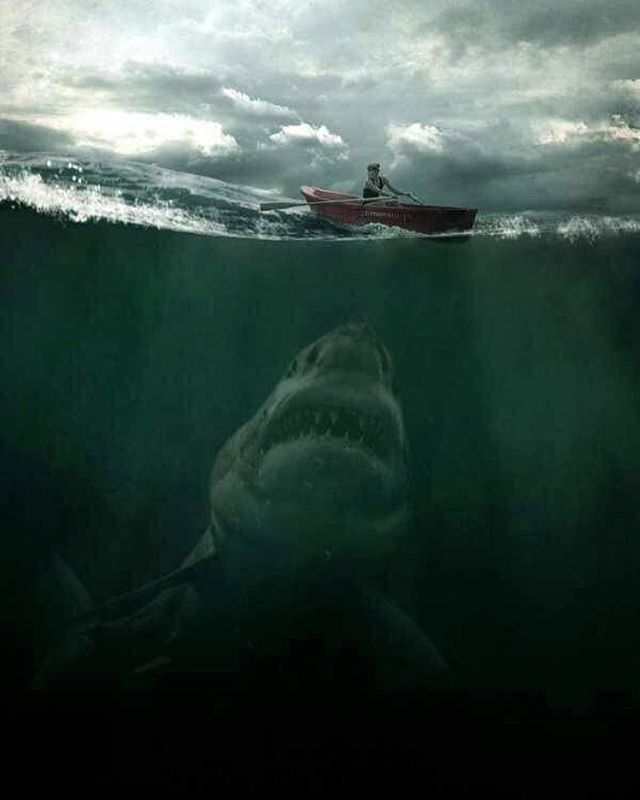 Water is harsh and difficult to adapt to. The creatures that inhabit it decompose and create entire ecosystems out of debris, making it unrecognizable. What we might have once recognized as an everyday item transforms into something alien when it is left to the underwater elements, producing an unsettling sense of fascination. Finally is the element of the unknown. How something found its way to the bottom of a body of water is not always apparent. It could be the result of an innocent mistake or something much darker. Whether or not an item found abandoned in the water poses a threat can be equally as uncertain. It is all of these elements that make submechanophobia such an interesting and justified fear.
Water is harsh and difficult to adapt to. The creatures that inhabit it decompose and create entire ecosystems out of debris, making it unrecognizable. What we might have once recognized as an everyday item transforms into something alien when it is left to the underwater elements, producing an unsettling sense of fascination. Finally is the element of the unknown. How something found its way to the bottom of a body of water is not always apparent. It could be the result of an innocent mistake or something much darker. Whether or not an item found abandoned in the water poses a threat can be equally as uncertain. It is all of these elements that make submechanophobia such an interesting and justified fear.
Image credits to: shutterstock.com, reddit.com, 20kride.com, disneycruiselineblog.com, atlasobscura.com, Disney/Pixar
About the Contributor
Madeline Phelps, Arts Section Editor
Madeline Phelps is a senior currently attending Arroyo Grande High School, from a distance, of course.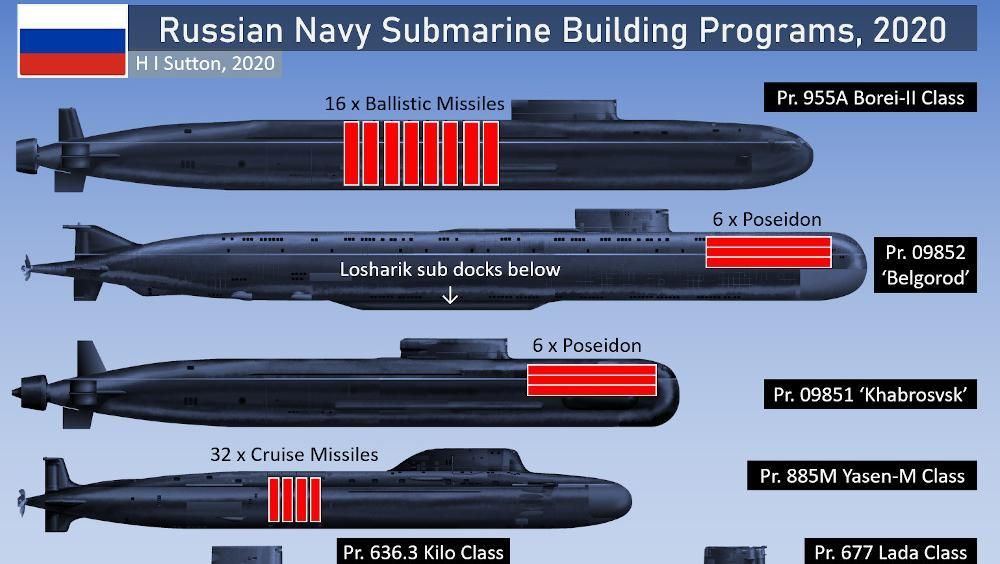 When she isn’t doing schoolwork or sitting around...
When she isn’t doing schoolwork or sitting around...
in Scandinavia are afraid of the Russian giant nuclear submarine - Teller Report in Russian
April 10, 2017, 21:38
Maria Bukharova
This summer Russia is going to transfer the world's largest nuclear submarine to St. Petersburg. To get there, the boat will pass from the White Sea to the Baltic Sea past the coast of Scandinavia. The news, however, angered environmental groups, who told RT that they were concerned about the presence of nuclear weapons on the ship and would try to prevent their presence near the Scandinavian countries. RT figured out whether these fears are justified or whether the situation has political overtones.
Long Way
The world's largest nuclear submarine, 172 meters long, will take part in the International Naval Show off the coast of St. Petersburg. Now she is in the port of Severodvinsk, and in order to have time to take part in the event, she needs to leave the White Sea and along the coast of Scandinavia, through neutral waters, proceed to the Baltic Sea.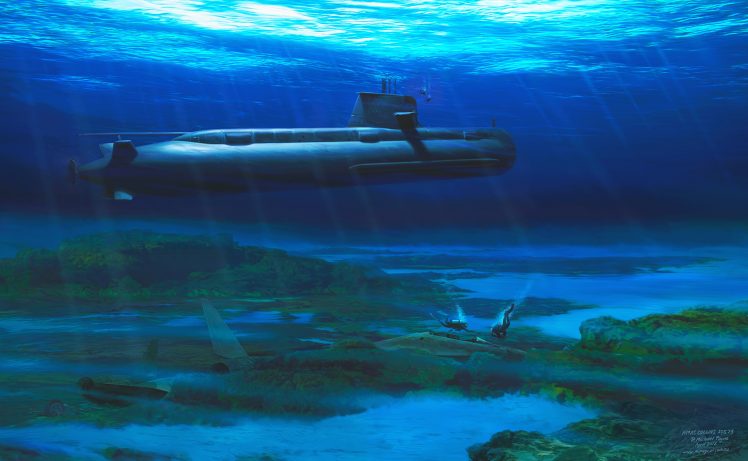 Recall that the nuclear submarine "Dmitry Donskoy" was built in the USSR to protect the country in the event of a nuclear war. Despite being 40 years old, the ship is in excellent condition. It is equipped with 20 missiles and 200 warheads.
Recall that the nuclear submarine "Dmitry Donskoy" was built in the USSR to protect the country in the event of a nuclear war. Despite being 40 years old, the ship is in excellent condition. It is equipped with 20 missiles and 200 warheads.
The annual International Naval Show will be held in St. Petersburg on the territory of Lenexpo and the Marine Station from June 28 to July 2. In addition, the ship will take part in the Navy Day celebrations. This year, for the first time, it was decided to include the largest ships in the list of participants in the events, in particular, the world's largest nuclear submarine Dmitry Donskoy.
The International Environmental Association of Norway criticized the Russian plans and assured RT that it would take action as soon as possible. In particular, representatives of environmentalists are going to send a note to the governments of Norway, Sweden and Denmark demanding that the submarine be banned from maneuvering.
“We are concerned about this voyage.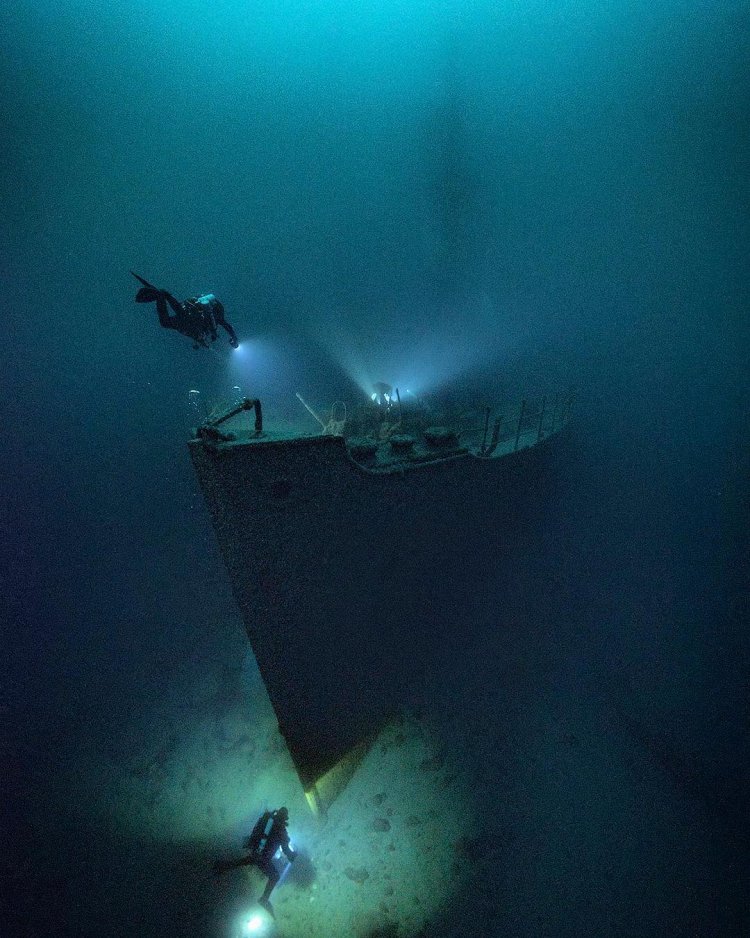 Despite the fact that many nuclear submarines pass along the coast of Norway, this case is special. The degree of risk depends on several factors, information about which is currently not available. For example, we are interested in the technical condition of the submarine; whether reactors will be used during the voyage, whether ships will accompany the submarine that can help in the event of an engine failure, whether there will be nuclear weapons on board.
Despite the fact that many nuclear submarines pass along the coast of Norway, this case is special. The degree of risk depends on several factors, information about which is currently not available. For example, we are interested in the technical condition of the submarine; whether reactors will be used during the voyage, whether ships will accompany the submarine that can help in the event of an engine failure, whether there will be nuclear weapons on board.
To get answers to these questions, we strongly recommend that the governments of countries located along the route of the submarine (among them Norway, Sweden and Denmark) contact the government of the Russian Federation, ”the organization’s press service told RT.
The governments, as well as the ministries of defense of the Scandinavian countries, assured RT that they would respond to environmentalists' appeals as soon as they were received.
"We don't have any information at the moment, but the Ministry of Defense will provide its authoritative comment as soon as possible," the Norwegian government press office said.
Fear of submarines
RT spoke with experts in the field of nuclear weapons, who said that the fear of the Scandinavian countries about the passage of the ship is more of a political nature. For example, the Norwegian political scientist Bjorn Nystad believes that submarines are in principle a "painful topic" for the Scandinavian authorities.
“The topic of Russian submarines conducting reconnaissance or sent to attack Sweden or Norway is constantly covered in the media,” the expert notes. - Articles about any submarines are published so often that there is a feeling that the whole sea is filled with Russian submarines. And it is beneficial for the authorities that people believe that they are being protected from an external enemy.”
Recall that in 2014 Western media reported that Sweden had allegedly discovered a Russian submarine in coastal waters. The country's navy conducted a massive intelligence operation that cost the government more than $2.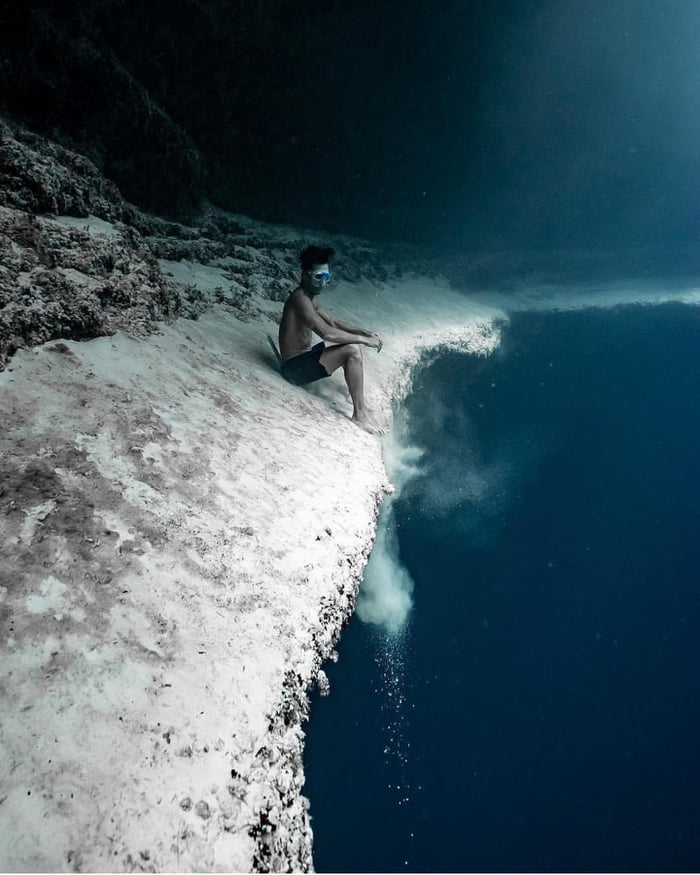 2 million. But in the end, nothing was found.
2 million. But in the end, nothing was found.
Later, Rear Admiral of the Swedish Navy Anders Grenstad was forced to admit that the ship, which was first identified as a foreign submarine, was in fact a technical ship. Local media then began to put forward versions that the search operation was used by the Swedish Ministry of Defense in order to justify an increase in the military budget for the period from 2016 to 2020 by almost $680 million.
Also related
Submarine of friendship: the rise of a century-old submarine will save Russian-Swedish relations
Russia and Sweden will soon start lifting a submarine that sank more than 100 years ago in the Aland Sea, which is located... , and attacks on the project of transporting the boat to the parade are artificial.
“Everyone understands perfectly well that the probability of any accident is negligible. Moreover, it is not planned to transport nuclear weapons on it.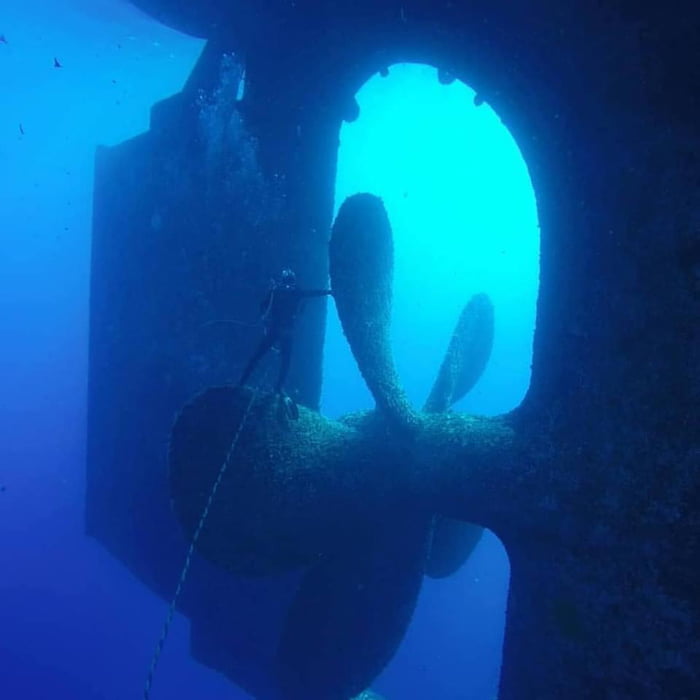 Nuclear submarines are an environmentally friendly mode of transport, so allegations of environmental pollution are unfounded. There is clear political overtones here. Now the Scandinavian countries are using every opportunity to demonstrate their negative attitude towards Russia. They cannot forbid the boat to pass through neutral waters, but they can make a fuss in the media, ”the expert concludes.
Nuclear submarines are an environmentally friendly mode of transport, so allegations of environmental pollution are unfounded. There is clear political overtones here. Now the Scandinavian countries are using every opportunity to demonstrate their negative attitude towards Russia. They cannot forbid the boat to pass through neutral waters, but they can make a fuss in the media, ”the expert concludes.
Child of depths and fear | Publications
Submarine "Nautil-2" by French designer Robert Fulton. 1801
In all these attempts to equip David in the battle with Goliath with miraculous weapons, to invent a kind of sea sword-treasury, rather a natural human fear of the inhabitants of the bottomless depths was exploited, rather than the real fighting qualities of an underwater fighter. However, sometimes fear saved the situation.
In 1857, the Danes, blockading the German city of Kiel from the sea, hurriedly took away the ships, as soon as Corporal Bauer left the harbor on his cetacean 37-ton "Sea Line".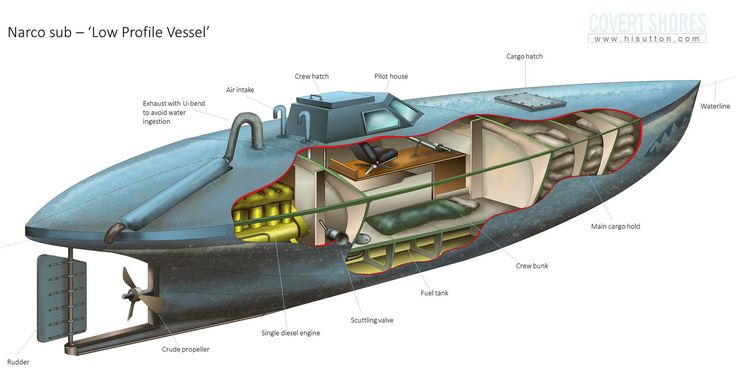
In 1904, the Japanese fleet, aware of the presence of Russian submarines in Vladivostok, did not dare to approach the city.
In order to attack the English frigate Eagle, the American submarine Turtle had to get close to the side of the enemy ship, after which Sergeant Lee - one in all faces - began to drill a hole in the bottom for hanging mines. The first underwater attack in the world brought ludicrous results - the powdered wigs were torn off the heads of British officers by a blast wave. But Fortune, as you know, is changeable, and after several years, at 1943, the British themselves were forced to resort to this antediluvian tactic when attacking the Nazi battleship Tirpitz with dwarf X-type submarines. The driver of the ultra-small submarine X-6, Lieutenant Cameron, "having approached the battleship so much that he began to rub against his armor, dropped explosive charges ...". And the Tirpitz was out of order until the end of hostilities.
...But let's go back to Napoleon for a moment.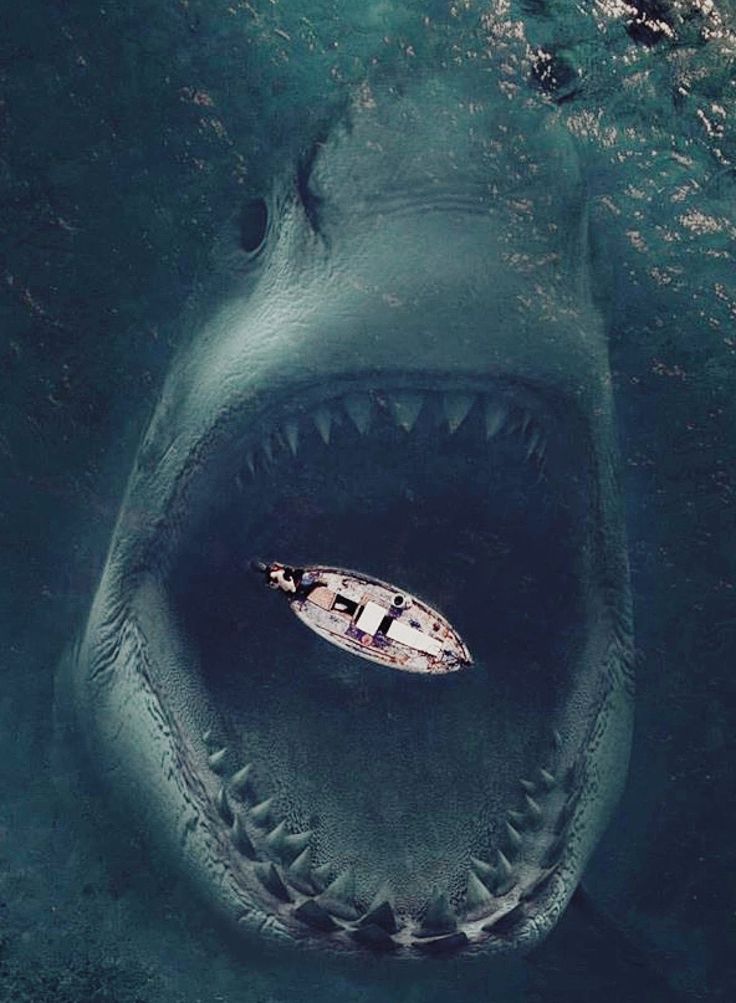 Disillusioned with Fulton's submarine, which was increasingly sailing on the surface and under sail, he imposed the highest resolution with a sarcastic smile: “Further experiments with the submarine of the American citizen Fulton should be stopped. Don't let go of money." Could the emperor then assume that his fellow countryman of the inventor, a certain smuggler Johnson, with the help of ... a submarine, would undertake to save him from St. Helena, and only the death of Bonaparte would prevent this impudent adventurer.
Disillusioned with Fulton's submarine, which was increasingly sailing on the surface and under sail, he imposed the highest resolution with a sarcastic smile: “Further experiments with the submarine of the American citizen Fulton should be stopped. Don't let go of money." Could the emperor then assume that his fellow countryman of the inventor, a certain smuggler Johnson, with the help of ... a submarine, would undertake to save him from St. Helena, and only the death of Bonaparte would prevent this impudent adventurer.
By the way, Adolf Hitler, who sought to imitate the “great Corsican” in many ways, hoped to escape from the burning Reich in a submarine, whose crew, as well as the ship itself, were declared dead back in 1943 for the sake of special secrecy .
The idea of a submarine is extremely simple. She forgive the pun lies on the surface. Undermining is the oldest way to take a besieged fortress. Here, a submarine is just nothing more than a "quiet glanders" arranged in the thickness of the sea, the path of which continues to the bottom of the ship by a self-propelled mine - a torpedo.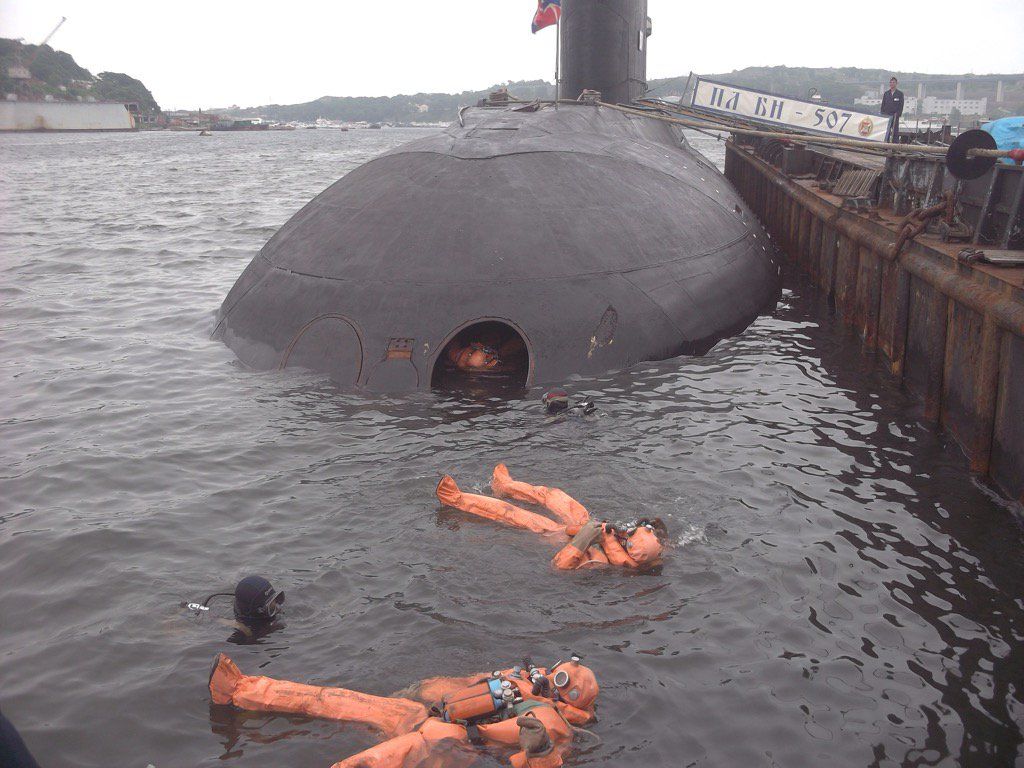
“The first submarines did not leave the field of experiments and had no practical application, mainly because at that time an engine was not invented that could set the boat in motion while it was under water,” the magazine “Vokrug sveta” rightly stated in 1914. Steam engines were completely unsuitable for this purpose. Therefore, the idea arose to install two types of engines on submarines: one to bring the boat above the water, and the second under the water.
That's exactly what took three great inventions: the internal combustion engine, the electric motor and the battery. Oil and electricity allowed man to confidently invade hydrospace.
It's hard to believe, but the first electric motor started working during Pushkin's lifetime: in 1834, the Russian scientist Boris Jacobi designed and launched the world's first electric motor. Its power did not exceed one horsepower. But it was a breakthrough in technology, like the invention of the sail, the mill wing and the steam engine. By the way, the sailors were the first to pay attention to the curiosity that rotated by means of an invisible force. And already 5 years later, a boat without sails and oars went up the Neva against the current (!) Its electric motor rotated the propeller, powered by a galvanic battery consisting of 320 cells. It was he, the St. Petersburg inventor Jacobi, who gave the submariners both the battery and the electric motor. The first who not only thought of putting batteries and an electric motor on a submarine, but also did it, was Jacobi's fellow countryman, Stepan Karlovich Dzhevetsky. It happened in 1884. It was the world's first electric powered submarine. The idea was taken up by the British. A year later, an electric submarine, built according to the design of Campbell and Ash, passed along the Thames.
By the way, the sailors were the first to pay attention to the curiosity that rotated by means of an invisible force. And already 5 years later, a boat without sails and oars went up the Neva against the current (!) Its electric motor rotated the propeller, powered by a galvanic battery consisting of 320 cells. It was he, the St. Petersburg inventor Jacobi, who gave the submariners both the battery and the electric motor. The first who not only thought of putting batteries and an electric motor on a submarine, but also did it, was Jacobi's fellow countryman, Stepan Karlovich Dzhevetsky. It happened in 1884. It was the world's first electric powered submarine. The idea was taken up by the British. A year later, an electric submarine, built according to the design of Campbell and Ash, passed along the Thames.
And yet Stepan Dzhevetsky... The son of a Volyn landowner went down in history, and not in agriculture at all. He devoted dozens of years to the invention of the submarine, and it must be said that he succeeded quite a bit.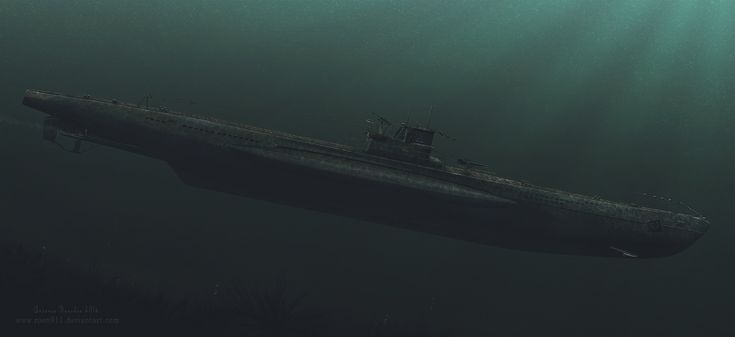
By the way, it would be fair to decorate the coat of arms of the Russian submarine fleet with orchids, and here's why. In 1879, as the patriarch of Russian shipbuilding, Academician A.N. Krylov, “Alexander III was informed about Dzhevetsky’s boat. He wished to see her. It was ordered to bring the boat to Gatchina and lower it into Silver Lake, which is distinguished by the transparency of the water, and a day was appointed for showing the boat to the tsar. Dzhevetsky plowed the lake for several days, studying the royal pier and how to land on it more dexterously. Knowing that Alexander III was inseparable from Tsarina Maria Feodorovna, Dzhevetsky ordered a bouquet of the most magnificent orchids, the Tsarina's favorite flowers. The day of testing has come. The tsar and tsarina boarded a boat, on which they went to the middle of the lake, and Dzhevetsky, taking advantage of the transparency of the water, maneuvered near this boat, sometimes passing under it. Finally, the boat approached the pier, the tsar and the tsarina got out .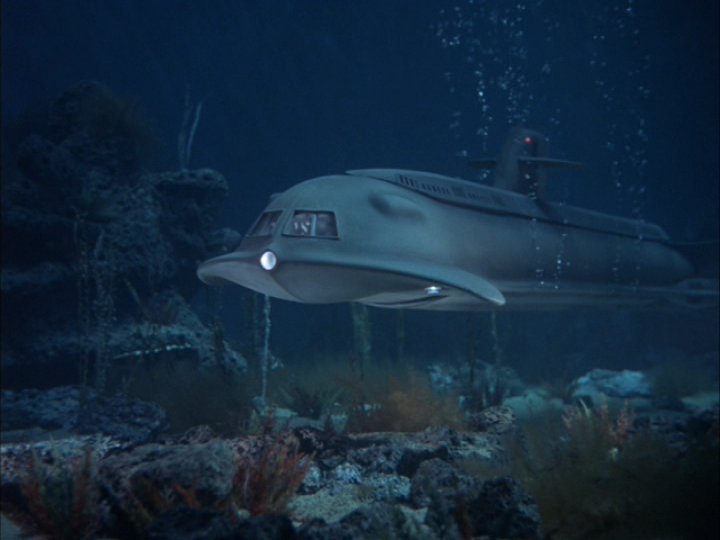 .. Dzhevetsky easily got up, opened the neck, went out to the pier, knelt down and gave the tsar a magnificent bouquet of orchids, saying: "This is Neptune's tribute to Your Majesty." The queen was delighted, the king was very pleased, thanked Dzhevetsky and ordered the adjutant general on duty to tell about these experiments to the Minister of War P.S. Vanovsky, so that he attends to the possibly hasty construction of 50 boats ... ”Perhaps this was the first victory of the Russian submarine fleet.
.. Dzhevetsky easily got up, opened the neck, went out to the pier, knelt down and gave the tsar a magnificent bouquet of orchids, saying: "This is Neptune's tribute to Your Majesty." The queen was delighted, the king was very pleased, thanked Dzhevetsky and ordered the adjutant general on duty to tell about these experiments to the Minister of War P.S. Vanovsky, so that he attends to the possibly hasty construction of 50 boats ... ”Perhaps this was the first victory of the Russian submarine fleet.
Strange thing, the sailors built the first aircraft (Captain 1st Rank A. Mozhaisky) and the first car (in Russia, fleet officer E. Yakovlev). But to invent a submarine undertook ... peasants and monks, smugglers and political prisoners, gunners and photographers, serious engineers and illiterate adventurers. And only at the beginning of the 20th century, professionals took up the matter: a shipbuilding engineer and a sailor-miner Ivan Grigorievich Bubnov and Mikhail Nikolaevich Beklemishev.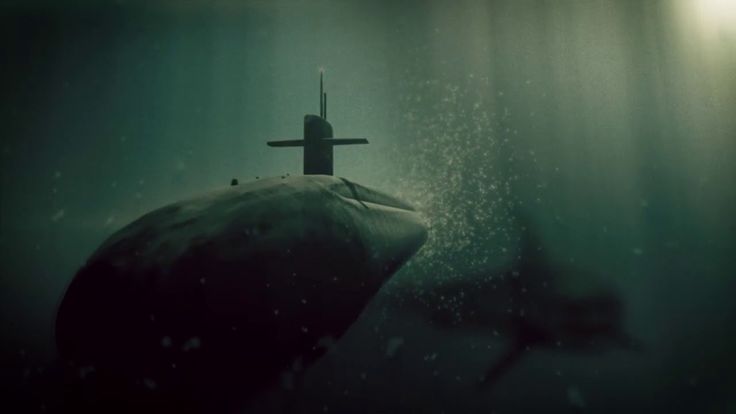 The first is only 28, he has just graduated from the Naval Academy, the second is barely 40, he has seen a lot, commanding coastal defense gunboats. Talent and experience, audacity and calculation converged here. The work was carried out in the strictest secrecy. It was even forbidden to use the words "submarine" in documents and correspondence. The submarine was first called "Destroyer 113". Then the number was changed to the name "Dolphin". Before starting work, Beklemishev, a little-known teacher of Kronstadt mine classes, visited the USA, England, Germany and Italy, where submarines were being built at a frantic pace, with an eye on their neighbors (they would not have overtaken!) Beklemishev managed to be present during one of the dives of the boat of the famous American inventor Simon Holland. Any designer, before getting down to work, studies everything that was done by his predecessors. This is exactly what Bubnov and Beklemishev did: they summarized the information obtained by Beklemishev and developed their own, original, project, the basic principles of which were observed by Russian shipbuilders for fifteen years.
The first is only 28, he has just graduated from the Naval Academy, the second is barely 40, he has seen a lot, commanding coastal defense gunboats. Talent and experience, audacity and calculation converged here. The work was carried out in the strictest secrecy. It was even forbidden to use the words "submarine" in documents and correspondence. The submarine was first called "Destroyer 113". Then the number was changed to the name "Dolphin". Before starting work, Beklemishev, a little-known teacher of Kronstadt mine classes, visited the USA, England, Germany and Italy, where submarines were being built at a frantic pace, with an eye on their neighbors (they would not have overtaken!) Beklemishev managed to be present during one of the dives of the boat of the famous American inventor Simon Holland. Any designer, before getting down to work, studies everything that was done by his predecessors. This is exactly what Bubnov and Beklemishev did: they summarized the information obtained by Beklemishev and developed their own, original, project, the basic principles of which were observed by Russian shipbuilders for fifteen years.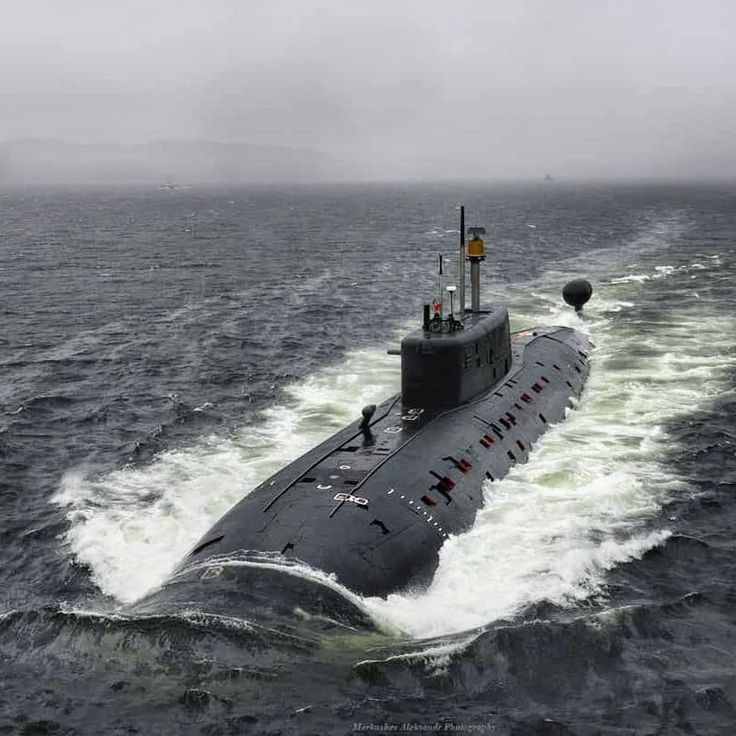 If we compare two comparable boats - the Russian "Dolphin" and the American "Fulton" (Holland's company), then the comparison will clearly not be in favor of overseas designers.
If we compare two comparable boats - the Russian "Dolphin" and the American "Fulton" (Holland's company), then the comparison will clearly not be in favor of overseas designers.
The Dolphin dived 20 meters deeper than the Fulton (50 and 30 meters), went over the water one and a half knots faster, was armed twice as powerful (two torpedo tubes instead of one). The only thing he was inferior to the Fulton in was the range of surface navigation: 243 miles versus 500. Immediately after the Dolphin, Bubnov and Beklemishev developed a project for a new boat with a large displacement of 140 tons. The lead ship was named Kasatka. She was followed by "Skat", "Burbot", "Mackerel" ... The Russian submarine fleet did not originate in a quiet backwater the maelstrom of the Russo-Japanese war drew in newborn ships directly from the stocks. Unsteady, more dangerous for their crews than for the enemy, these diving boats boldly went to sea and took up combat positions there.
“...Early in the morning,” Lieutenant Mikhail Tieder, commander of the Kasatka submarine, wrote in his diary, “I saw several haze on the horizon, which is why I immediately began to raise the anchor.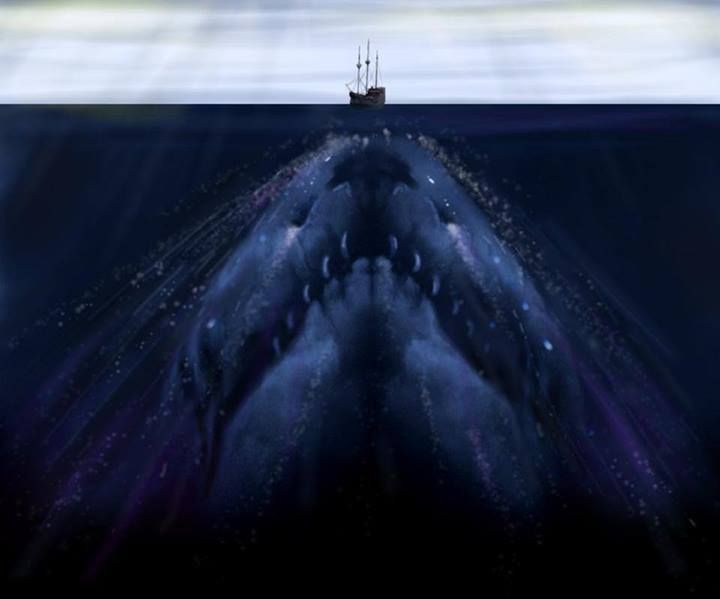 Soon the silhouettes of six destroyers were clearly outlined, which were heading straight for me. Assuming that these were enemy destroyers, I wanted to start diving in order to accept the attack in a submerged position, but ... I remembered the instructions from my superiors not to dive. The point is this. My superiors, sending me to the sea and, of course, knowing perfectly well what experience I had in scuba diving, having passed its most insignificant course and being afraid to take responsibility in the event of the death of my crew and a disaster with the boat, decided to get out of a difficult situation and gave me just in case, the instruction, of course, verbal, during this "military campaign" do not dive ...
Soon the silhouettes of six destroyers were clearly outlined, which were heading straight for me. Assuming that these were enemy destroyers, I wanted to start diving in order to accept the attack in a submerged position, but ... I remembered the instructions from my superiors not to dive. The point is this. My superiors, sending me to the sea and, of course, knowing perfectly well what experience I had in scuba diving, having passed its most insignificant course and being afraid to take responsibility in the event of the death of my crew and a disaster with the boat, decided to get out of a difficult situation and gave me just in case, the instruction, of course, verbal, during this "military campaign" do not dive ...
It was impossible not to bow before each of the team of our squad. What drove him here, to submarines, to this crucible of danger, where every minute could cost him his life, where everyone had a lot of duties and hard work, at a time when on a big battleship he could almost get rid of them. The officer could still count on us for all sorts of "well-being", after all, the sailor could not expect anything like that, meanwhile, how much disinterested service was visible in his every step on the boat, how much the ideological fulfillment of his duty, alien to any selfish goals.
The officer could still count on us for all sorts of "well-being", after all, the sailor could not expect anything like that, meanwhile, how much disinterested service was visible in his every step on the boat, how much the ideological fulfillment of his duty, alien to any selfish goals.
In fact, they were semi-experimental samples that did not really pass either factory or field tests, with undertrained teams, with inexperienced officers. But even in this form, the family of steel dolphins inspired serious concerns in the Japanese fleet. The ships of the Mikado did not dare to approach Vladivostok with its desperate submarines.
By 1900, no other navy in the world had combat submarines. But in the next three years, all the leading maritime powers began to build these ships at a literally frantic pace. The Americans were the first to introduce submarines into their fleet. It was a submarine built by engineer Holland from Peterston. The first version of his submersible was in many ways similar to Drzewiecki's submarine. Only the ninth project of the stubborn designer was accepted by the US military department and the first submarine "Dutch" were enrolled in the Navy as warships. It happened at 1900 year. Because it was the Americans who were the first to celebrate the 100th anniversary of their submarine fleet. Although we could have celebrated such an anniversary twenty years earlier. After all, it was in the 80s of the 19th century that the most massive series of Dzhevetsky submarines 50 units was built in Russia. Whole fleet! But the thing is that they were not enrolled in the combat composition of the fleet, but were subordinated to the Engineering Department as floating torpedo batteries to protect coastal fortresses from the sea.
Only the ninth project of the stubborn designer was accepted by the US military department and the first submarine "Dutch" were enrolled in the Navy as warships. It happened at 1900 year. Because it was the Americans who were the first to celebrate the 100th anniversary of their submarine fleet. Although we could have celebrated such an anniversary twenty years earlier. After all, it was in the 80s of the 19th century that the most massive series of Dzhevetsky submarines 50 units was built in Russia. Whole fleet! But the thing is that they were not enrolled in the combat composition of the fleet, but were subordinated to the Engineering Department as floating torpedo batteries to protect coastal fortresses from the sea.
So, a man went down into a submarine and went on the attack on it long before the birth of the book "Nautilus" by Captain Nemo, and even Jules Verne himself. Since then, for a little over a hundred years, the original "Turtles" have stretched out, acquiring the swift outlines of pike bodies.